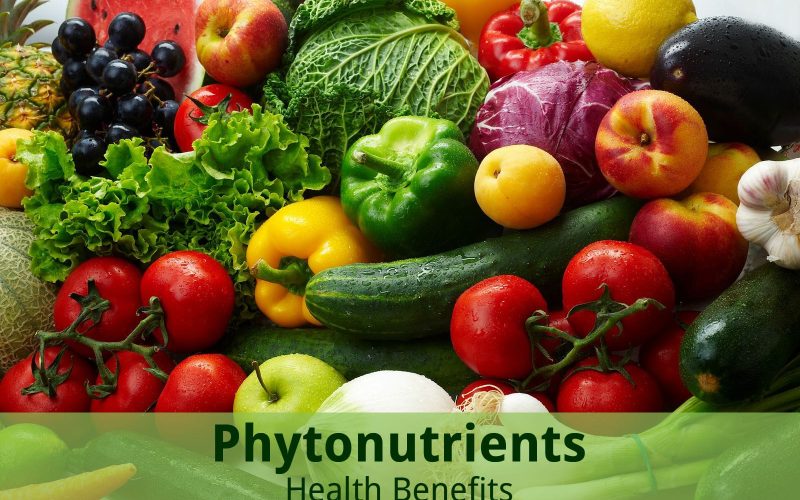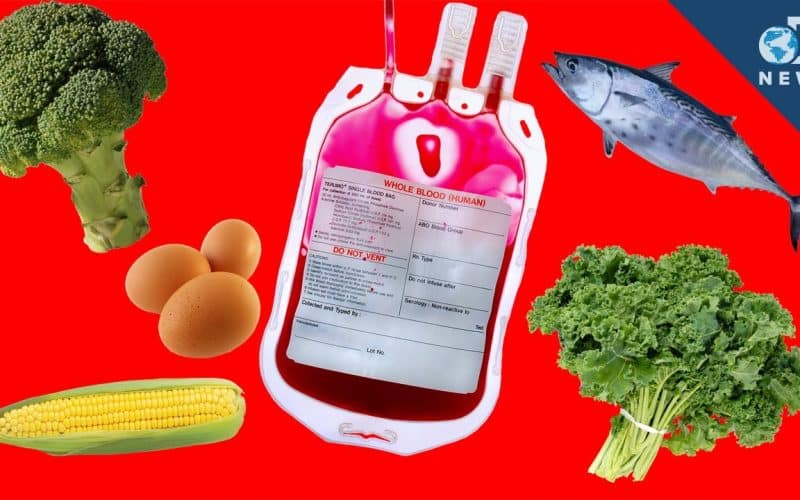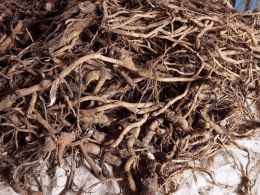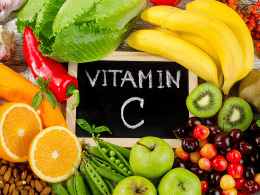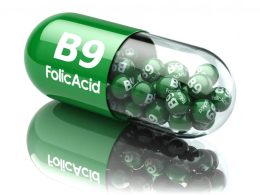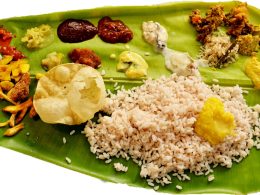Phytonutrients also known as phytochemicals are powerful compounds produced by plants. They are superfoods for the plants and the plants also use them as defense against parasites.
These compounds make the plants healthy, and protect them from dangers that can destroy the plants. These phytonutrients also have anti-inflammatory and antioxidant properties.
When we eat plants, these phytonutrients function in our bodies and bestows us with many health benefits. Phytonutrients are present in a lot of fruits, vegetables, legumes, cereals, and plants in general.
Health Benefits of phytonutrients
Phytochemicals have a lot of immense benefits on our health, one of the main benefits of these compounds is to fight diseases and fortify our immune systems.
Studies have shown that people who consume a lot of phytonutrients have a very low risk of type II diabetes, heart disease, different kinds of cancer, and a lot of different preventable and chronic diseases.
Phytochemicals are also of great importance to women, it drastically cuts the risks of breast and ovarian cancers. The powerful antioxidant effects of phytochemicals are really drawing the attention of scientists worldwide because this can even reduce the rate of mortality and increase lifespan.
The antioxidant effect of phytochemicals reduces the production of free radicals and makes them ineffective. This, in turn, prevents damages to your cells and DNA and it also protects your body from certain cancers and inflammatory diseases.
Antioxidants benefits the skin greatly, they are used in making a lot of skin care products and cosmetics. Phytochemicals like carotenoids are mostly used in skin products because of their skin benefits.
Common Types of Phytonutrients
There are a lot of phytonutrients, the ones known are up to 25,000 while many more are not yet known, in this post, I will be opening your eyes to the importance of the common ones known.
Carotenoids
These plant compounds are responsible for the colors of brightly colored fruits and vegetables. These pigments have powerful health benefits, they fight against eye disease and cancers.
Carotenoids are also precursors to vitamin A, the body converts these compounds into vitamin A and this vitamin is of great importance to the body, it boosts vision, protects your eyes, and strengthens your immune system.
Carotenoids are found abundantly in red, orange, and yellow-colored fruits and vegetables. There are many types of carotenoids, more than 600 types of carotenoids are known, we have the beta-carotene which is found in carrots and lycopene which is found in tomatoes.
We also have alpha-carotene and beta-cryptoxanthin (found in red pepper). Other natural foods containing beta-carotene are grapefruits, watermelon, winter squash, and sweet potatoes.
Lutein and zeaxanthine are also types of carotenoids and they are found abundantly in spinach, collards, and kale. Their main function is to protect your eyes and enhance your vision.
Lutein and zeaxanthine are used in treating cataracts and age-related macular degeneration.
Curcumin
This powerful phytochemical is found in turmeric, a herb belonging to the ginger family and this compound is responsible for the bright orange color of turmeric.
Curcumin is responsible for the medicinal properties of turmeric, it has a wide range of therapeutic effects ranging from flatulence to cancer and Alzheimer’s disease.
It is also a powerful antioxidant and anti-inflammatory agent, it affects the metabolism of carcinogens, and it detoxifies the body by helping to get rid of toxic compounds.
Curcumin also combats cancers and tumors by inhibiting their growth and development and it also treats inflammatory diseases like Alzheimer’s disease, cystic fibrosis, and rheumatoid arthritis.
Curcumin also lowers the levels of bad cholesterol (LDL) in the body and increase that of good cholesterol (HDL).
Ellagic Acids
These are mostly found in berries, they protect the body against different kinds of cancers, and in the case of already existing cancer, they slow the growth and spread of cancer cells in the body.
Ellagic acids also boost the ability of the liver to neutralize cancer-causing chemicals in your body. You can find ellagic acids in fruits like pomegranates, raspberries, and strawberries.
Flavonoids
Flavonoids have the highest amount of antioxidants, the two main powerful antioxidants in flavonoids are anthocyanins and catechins. These antioxidants fight against heart disease, cancer, and other chronic disease.
Flavonoids are found abundantly in chocolate (it must be dark chocolate made up of at least 70% cocoa), green tea, citrus fruits, and coffee.
Catechins are special types of flavonoids, their main function is to fight different types of cancer and they are mostly found in green tea. Hesperidin is another type of flavonoid found in citrus fruits and it functions as an antioxidant in the body.
Its main work is to fight inflammation in the body and reduce chronic diseases. Flavonols is another group of flavonoid with different types, e.g. is Quercitin, a type of flavonol.
Quercitin is helpful in asthmatic patients, it reduces the risks of asthma and other type of chronic diseases like coronary heart disease and cancer. Quercitin is found abundantly in onions, kale, berries, and apples.
Flavonoids are also dense in anti-inflammatory foods, it is the presence of flavonoids in these foods that enable them fight inflammation and oxidation. Increase your intake of these foods to improve your overall health.
Resveratrol
This powerful phytochemical is found in red wine, purple grape juice, and grapes. It is a powerful antioxidant and an anti-inflammatory compound.
It plays a great role in reducing the risks of heart disease and some cancers. It even extends lifespan as seen in some animal studies.
Lignans
These powerful compounds are similar to estrogen and it helps regulate the functions of hormones in the body. They also boost your immune system because they contain soluble and insoluble fibers which serve as foods for the healthy bacteria in your gut.
This, in turn, boosts your immune system because your gut and these friendly bacteria make up 80% of your immune system. Lignans are found abundantly in legumes, whole grains, and seeds.
Flaxseeds are extremely rich in lignans, add flaxseeds to your meals and drinks regularly and you will be doing your body a great favor. Another storehouse of lignans is sesame seeds.
Glucosinolates
This another type of phytonutrient found in cruciferous vegetables like Broccoli, kale, cabbage, and Brussels sprouts. It is responsible for the flavor and odor of vegetables.
Glucosinolates are converted into other useful biochemicals when you cook these vegetables and also while your body digests them. These chemicals have a lot of important functions in the body and one of them is the prevention of cancer in the body.
They keep the growth and development of cancer in check.
Phenolic Acids
Phenolic acids are similar to flavonoids in function, they reduce inflammation in the body and they are found abundantly in cruciferous vegetables like Brussel sprouts, cauliflower, and broccoli.
Some fruits are also dense in phenolic acids, these includes fruits like apples, blueberries, and cherries. The skin of apples most especially is dense in phenolic acids.
Phytoestrogens
Phytoestrogen have a chemical structure similar to that of estrogen, and because of this, it has the ability to induce estrogen-like effects. They can block the effects of the natural estrogen in your body.
There are some evidence that phytoestrogen can reduce the risks of bone loss in women and endometrial cancer. There are also many types of phytoestrogens and the most common one is isoflavones.
Isoflavones are abundant in soy foods.
References;
- Phytonutrients USDA
- Phytonutrients as therapeutic agents NCBI
- Phytonutrients ScienceDirect



